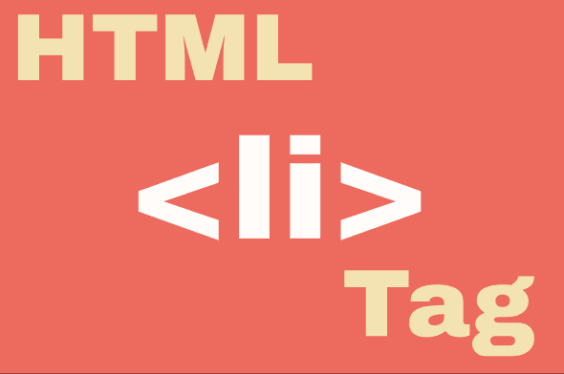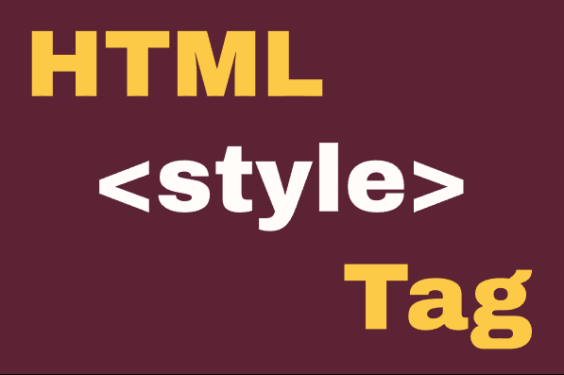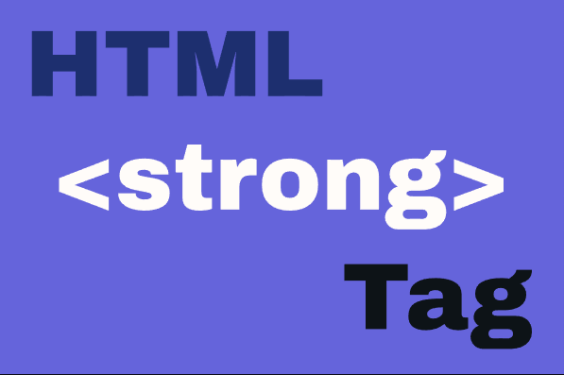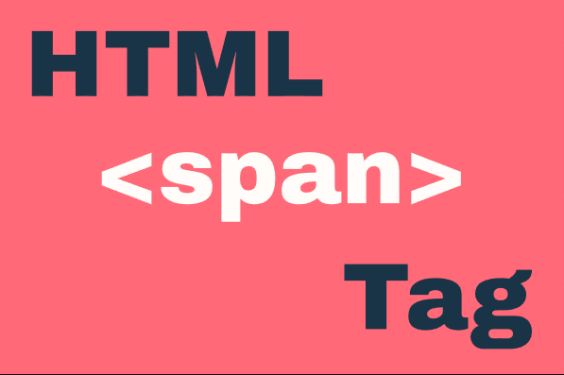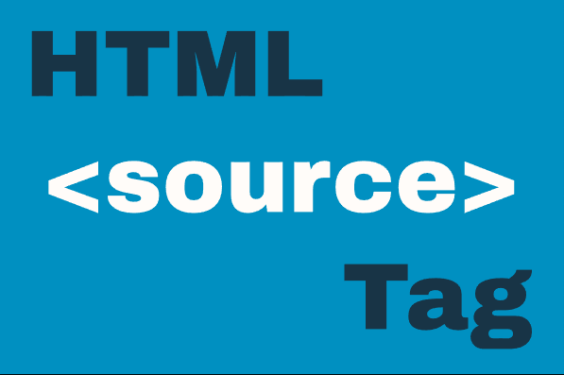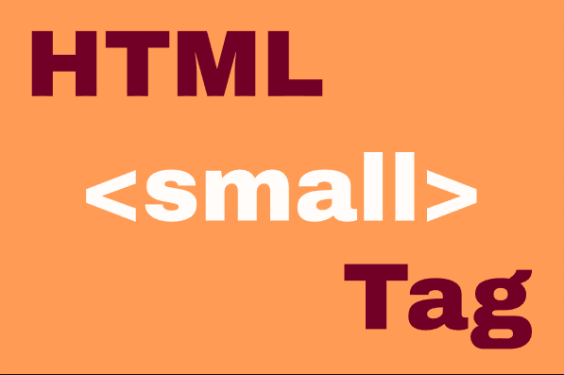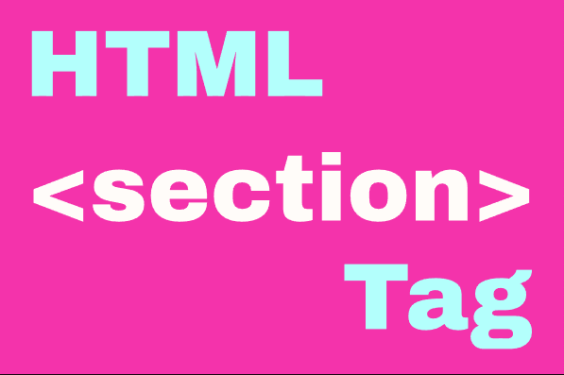HTML <li> Element
Publish in HTML Tutorial el 24/05/2025 16:33
The <li> (List Item) element is used to represent an item in a list. It must be contained within a parent element: either an <ol> (ordered list), <ul> (unordered list), or <menu> (menu list). The <li> element is fundamental for creating structured content in HTML documents.
Basic Syntax
Here's how the basic syntax of an <li> element looks:
When rendered, this will appear as:
- First item
- Second item
- Third item
Attributes
The <li> element supports several attributes:
- value (for <ol> only): Sets the number of the list item
- type (deprecated): Was used to set the numbering/bullet type
Examples
Example 1: Basic Unordered List
A simple unordered list with default bullet points:
Example 2: Ordered List with Value Attribute
An ordered list where we manually set the numbering using the value attribute:
Example 3: Nested Lists
Lists can be nested inside other list items to create hierarchical structures:
Example 4: Dynamic List with JavaScript
Creating a list dynamically using JavaScript:
Example 5: Interactive List with JavaScript
A list with interactive items that respond to clicks:
Tips and Tricks
- You can style list items individually using CSS classes or IDs
- To remove default bullets in unordered lists, use
list-style-type: nonein CSS - List items can contain any HTML elements, not just text
- For semantic correctness, always wrap <li> elements in a proper parent (<ul>, <ol>, or <menu>)
- Use CSS counters for advanced numbering schemes in ordered lists
Browser Support
The <li> element is supported by all browsers and has been part of HTML since the earliest versions.
